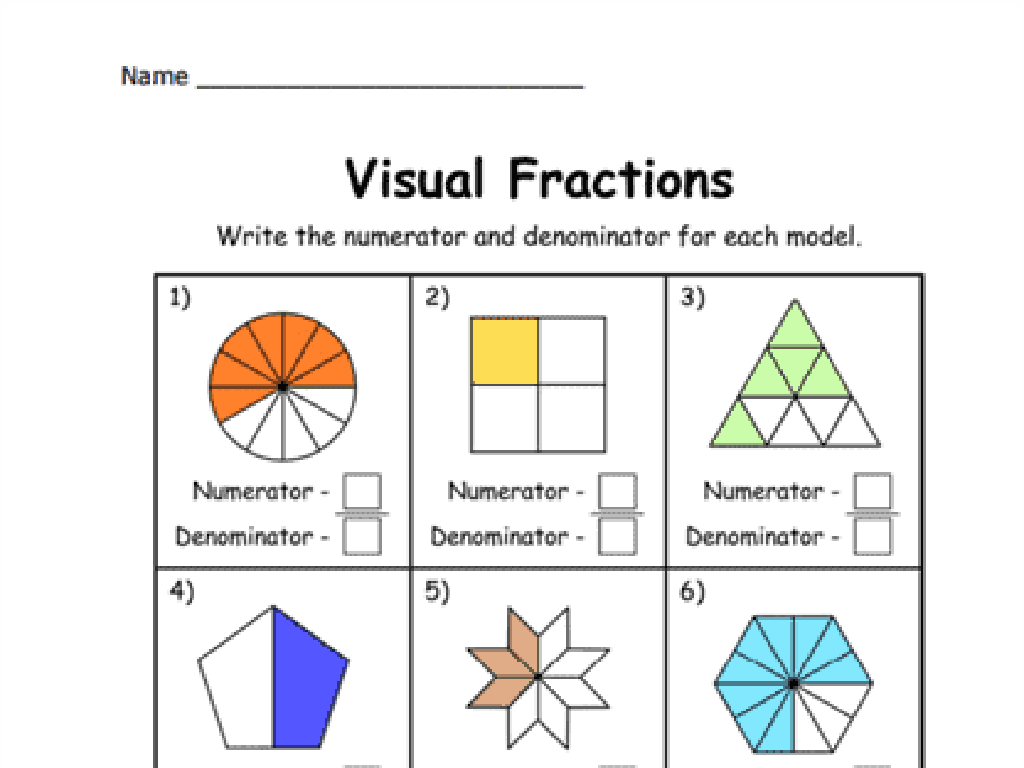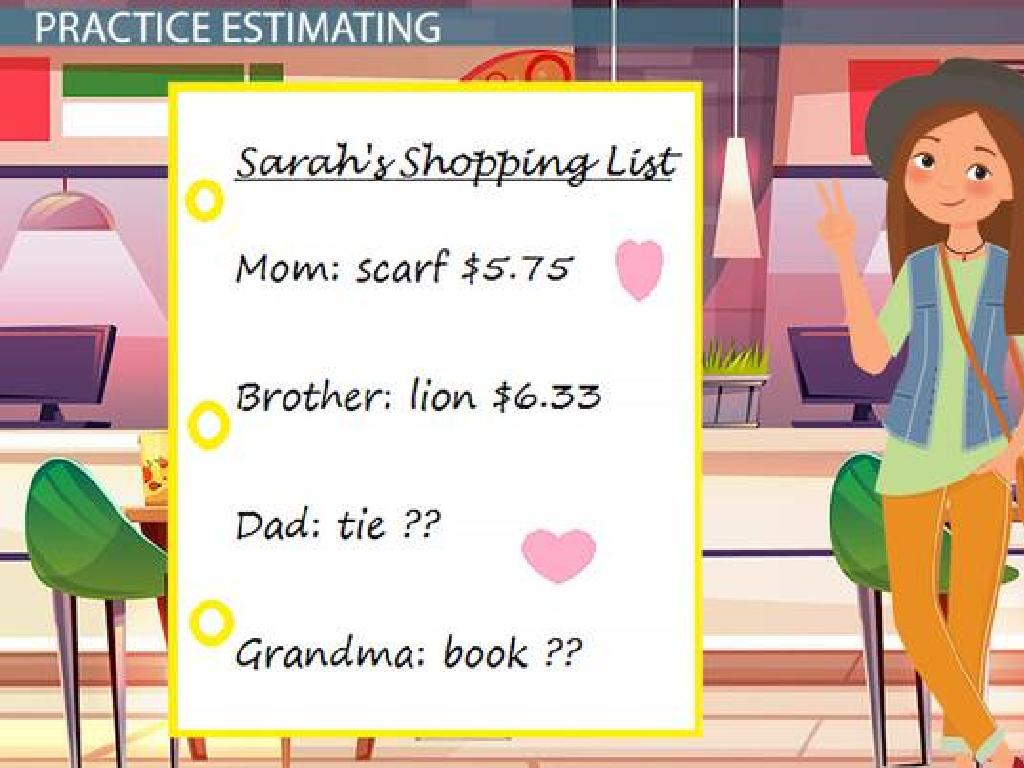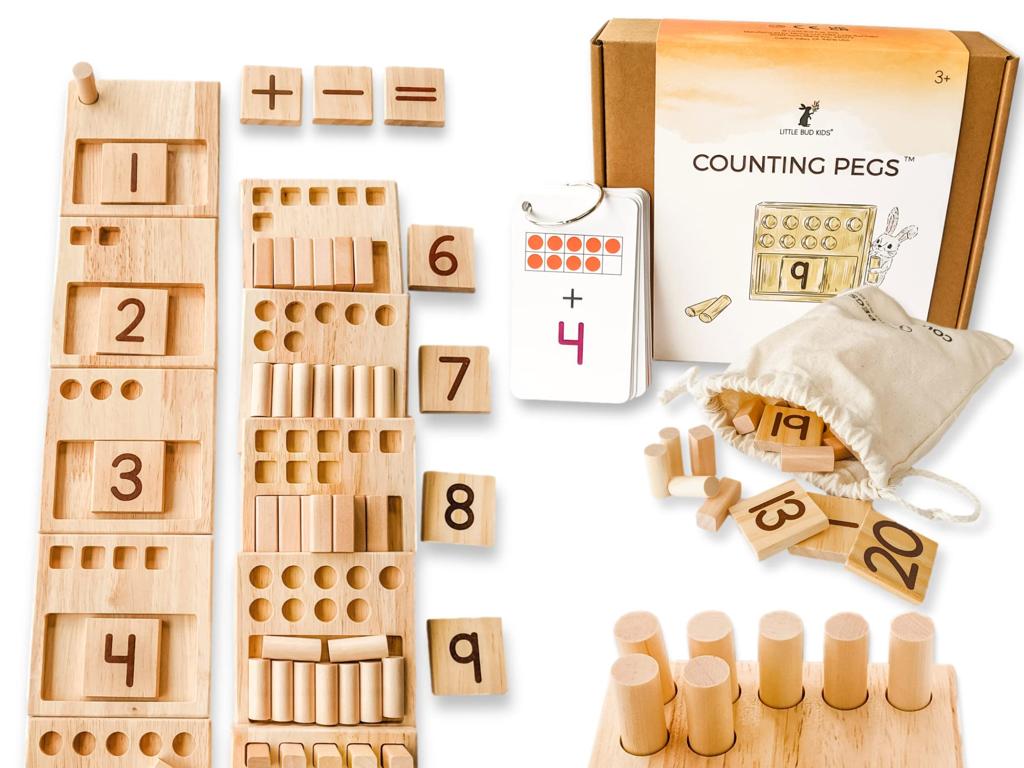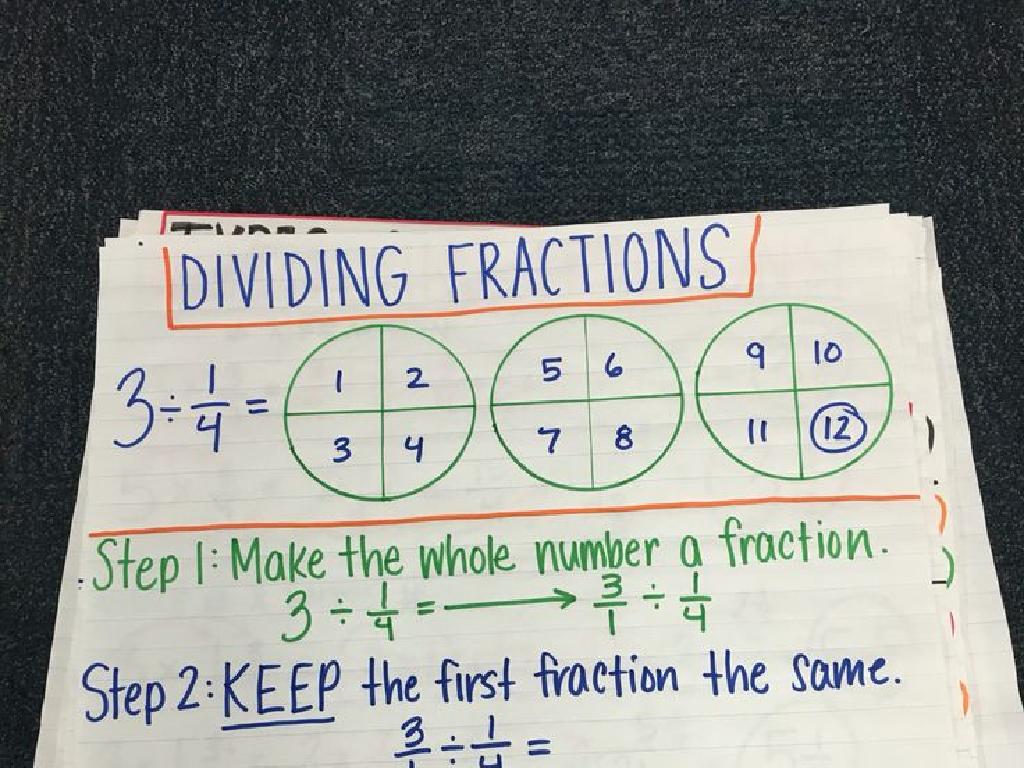Spell The Long E Word: Silent E, Ee, Ea, Ie
Subject: Language arts
Grade: Third grade
Topic: Short And Long Vowels
Please LOG IN to download the presentation. Access is available to registered users only.
View More Content
Exploring Vowels: The Long ‘e’ Sound
– What are vowels?
– Vowels are a, e, i, o, u, and sometimes y.
– Short vs. long vowel sounds
– Short vowels: ‘e’ as in ‘bed’; long vowels: ‘e’ as in ‘beep’.
– Today’s focus: Long ‘e’
– We’ll learn how to spell words with the long ‘e’ sound.
– Examples: silent e, ee, ea, ie
– ‘make’ (silent e), ‘tree’ (ee), ‘leaf’ (ea), ‘field’ (ie).
|
Begin the lesson by explaining what vowels are and their importance in forming words. Highlight the difference between short and long vowel sounds, using examples to illustrate. Today’s lesson will focus on the long ‘e’ sound, which can be spelled in different ways, such as with a silent ‘e’ at the end of a word, double ‘ee’, ‘ea’, or ‘ie’. Provide students with examples for each type of spelling and encourage them to think of additional words that fit these patterns. This will help them recognize and spell long ‘e’ words correctly.
The Magic of Silent ‘e’
– Silent ‘e’ changes short vowels to long
– ‘cap’ to ‘cape’, ‘hop’ to ‘hope’
– Adding ‘e’ makes the vowel say its name
– Let’s add silent ‘e’ to words
– We’ll practice changing words as a class
– Discover the power of silent ‘e’
– See how many words you can transform
|
This slide introduces the concept of the silent ‘e’ and its role in changing the pronunciation of words from a short vowel sound to a long vowel sound. Start by explaining that a silent ‘e’ at the end of a word can make the vowel say its name, as in ‘cap’ becoming ‘cape’. Provide several examples and then engage the class in an interactive activity where they add silent ‘e’ to different words to change their sounds. Encourage students to come up with their own examples and share them with the class. This activity will help reinforce their understanding of vowel sounds and spelling patterns.
The Double ‘ee’ Team: Long ‘e’ Sound
– ‘ee’ makes the long ‘e’ sound
– Examples: ‘see’, ‘bee’, ‘feet’
– Words like ‘tree’, ‘free’, and ‘knee’ also share this sound
– Class reading: ‘ee’ words
– We’ll read ‘ee’ words together to practice
– Practice spelling with ‘ee’
– Try writing new words using ‘ee’ to spell the long ‘e’ sound
|
This slide introduces the concept of the long ‘e’ sound made by the double ‘ee’. Start by explaining how when two ‘e’s are side by side, they create the long ‘e’ sound. Provide clear examples such as ‘see’, ‘bee’, and ‘feet’, and encourage students to come up with more examples as a class. Engage the class in a group reading activity to practice the pronunciation of ‘ee’ words. Finally, have students practice spelling by writing out ‘ee’ words, which will reinforce their understanding of the long ‘e’ sound and how it’s used in various words. This activity will help students recognize and use the double ‘ee’ in their writing and reading.
The ‘ea’ Pair in Long E Words
– ‘ea’ makes the ‘ee’ sound
– Examples: ‘leaf’, ‘bead’, ‘speak’
– ‘Leaf’ as in a part of a tree, ‘bead’ like a small piece of glass for jewelry, ‘speak’ means to talk
– Find ‘ea’ words in a story
– Look for words with ‘ea’ in our story and list them
– Share your ‘ea’ words with the class
– We’ll discuss the words you find together
|
This slide introduces the concept of the vowel team ‘ea’ which often makes the long ‘e’ sound in words. Provide examples like ‘leaf’, ‘bead’, and ‘speak’ to illustrate the sound. For the activity, students will read a short story provided by the teacher and search for words containing the ‘ea’ vowel team. Encourage them to write these words down. After the activity, ask students to share the words they found and discuss the meaning of each. This will help reinforce their understanding of the ‘ea’ sound and its usage in different words. Prepare a list of ‘ea’ words in case some students struggle to find enough examples in the story.
The ‘ie’ Duo: Spelling the Long ‘e’ Sound
– ‘ie’ makes the long ‘e’ sound
– Examples: ‘piece’, ‘thief’, ‘believe’
– ‘piece’ as in a part of something, ‘thief’ who steals, ‘believe’ to accept as true
– Play ‘I spy with my little eye’
– Use ‘ie’ words in a fun class game
– Spot words with ‘ie’ in our classroom
– Find items in class that have ‘ie’ in their name
|
This slide introduces the ‘ie’ vowel team, which often represents the long ‘e’ sound in words. Provide students with clear examples like ‘piece’, ‘thief’, and ‘believe’ to illustrate the concept. Engage the class with a game of ‘I spy with my little eye’, focusing on spotting words with the ‘ie’ spelling around the classroom. This interactive activity helps students apply their knowledge of the ‘ie’ sound in a fun and memorable way. Encourage students to think creatively and work together to find as many ‘ie’ words as possible. This will not only reinforce their understanding of the ‘ie’ sound but also enhance their spelling and observational skills.
Spelling Practice: Long ‘e’ Sounds
– Participate in a spelling bee
– We’ll say words aloud; you spell them!
– Pair up for flashcard practice
– Work with a friend to spell words shown on flashcards
– Write sentences with long ‘e’ words
– Use your new vocabulary in your own sentences
|
This slide outlines the interactive activities planned for the class to practice spelling words with the long ‘e’ sound. The spelling bee will help students recognize and spell words in a fun and engaging way. Pairing up for flashcard practice encourages teamwork and allows students to test each other. Writing sentences will help students understand how these words fit into everyday language. For the spelling bee, consider words like ‘theme’, ‘complete’, ‘evening’. For flashcards, use words like ‘these’, ‘freeze’, ‘peace’. Encourage creativity in sentence writing, and ensure each student participates and receives positive feedback.
Class Activity: Long ‘e’ Word Hunt
– Find and circle long ‘e’ words
– Work together in small groups
– Collaborate and help each other
– Complete the word hunt puzzle
– Look for silent e, ee, ea, ie patterns
– Share your findings with the class
– Discuss the words and their meanings
|
This activity is designed to be interactive and collaborative, helping students recognize and spell long ‘e’ words through a fun word hunt puzzle. Divide the class into small groups to foster teamwork. Provide each group with a word hunt puzzle containing a mix of words. Guide them to look for words with the long ‘e’ sound, spelled with silent e, ee, ea, and ie. After completing the puzzle, each group will share the words they found and discuss their meanings, reinforcing their understanding of long ‘e’ vowel sounds. Possible variations of the activity could include timed challenges, creating sentences with the found words, or illustrating some of the words to enhance comprehension and retention.
Wrapping Up: Long ‘e’ Sounds & Homework
– Recap long ‘e’ sound patterns
– silent e, ee, ea, ie make the long ‘e’ sound
– Homework: craft a short story
– Use your imagination and long ‘e’ words
– Include 10 words with long ‘e’
– Words like ‘these’, ‘peace’, and ‘believe’
– Remember: practice is key!
|
As we conclude, remind students of the different ways to spell the long ‘e’ sound: silent ‘e’, ‘ee’, ‘ea’, and ‘ie’. For homework, they should write a creative short story that includes at least 10 words with the long ‘e’ sound. This will help reinforce their understanding and give them practice in identifying and using these spelling patterns. Encourage them to read their stories aloud to help with pronunciation. Remember to praise their efforts as practice is essential in mastering spelling skills.






